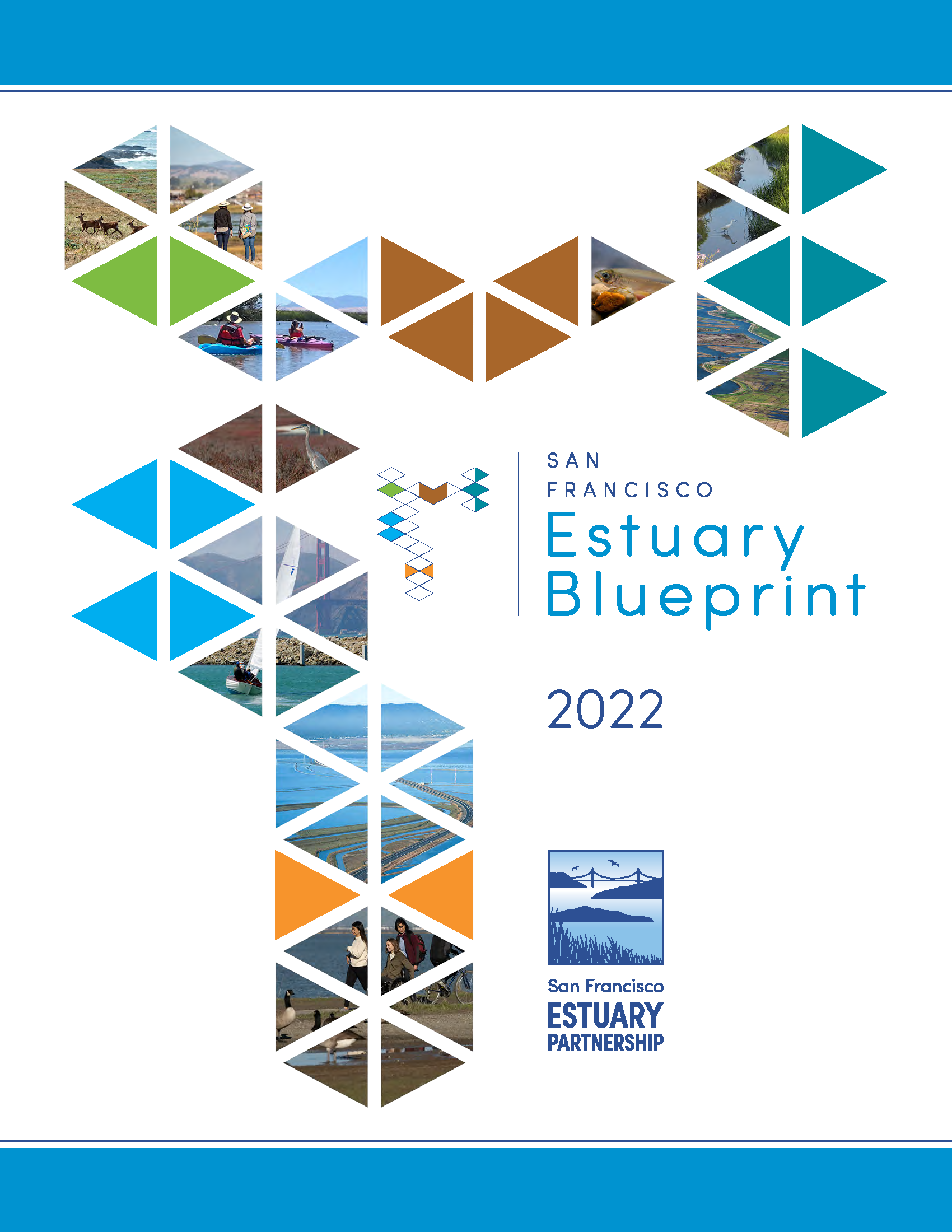Action 7: Carbon Management
← Back to Estuary Blueprint Actions
Decrease carbon emissions and subsidence in the Delta and increase carbon sequestration on natural and agricultural lands.
Conduct wetland restoration, enhancement, and creation projects, and promote conversion of suitable agricultural lands in the Delta to rice cultivation to slow or reverse subsidence, reduce greenhouse gases in the atmosphere, and advance scientific understanding of carbon management. Projects should focus on converting the more subsided locations to managed wetlands and rice farming and converting less subsided locations to tidal wetlands.
Overview
Wetlands play an important role in the global carbon cycle: they act as major carbon sinks due to their large standing biomass and their ability to capture and retain carbon in the form of peat. Carbon sequestration, through the restoration, enhancement, and creation of wetlands, can also reduce net greenhouse gas emissions and prevent further subsidence — a huge issue in
the Delta. Former wetlands in the Delta have been diked off and drained, resulting in subsided organic soils 25 feet below sea level. These soils are a primary target for carbon management efforts in the Delta because they actively release greenhouse gases that can be attenuated through soil saturation.
Task Description
Work with agencies and willing private landowners to obtain funding to plan and implement activities in the deeply subsided regions of the Delta that re-saturate the highly organic peat soils to reduce or halt greenhouse gas emissions caused by subsidence.Task Lead(s)
California Department of Water Resources, Delta ConservancyTask Collaborating Partner(s)
Delta Stewardship Council, Ducks UnlimitedCost Estimate Key
|
Cost Estimate
$$$$$Milestone(s)
Projects on 20,000 acres of deeply subsided lands in the Delta that halt subsidence and related greenhouse gas emissions.Task Description
Continue to conduct applied research to better understand the processes of carbon sequestration and greenhouse gas emissions generated from wetlands and open water systems in the Bay-Delta. Work within reference systems and utilize scenario testing to inform management and restoration approaches that can be applied at larger scales. Quantify the greenhouse gas fluxes from different types of wetlands and different management regimes.Task Lead(s)
California Department of Water Resources, Delta Stewardship Council, U.S. Geological SurveyTask Collaborating Partner(s)
California State University East Bay, San Francisco Bay National Estuarine Research Reserve, University of California-BerkeleyCost Estimate Key
|
Cost Estimate
$$Milestone(s)
One to three technical reports on the carbon implications of land management and wetland restoration activities in the Delta and/or Bay.Task Description
Increase economic impact of carbon markets in the Estuary to advance wetland restoration and management goals.Task Lead(s)
Delta Conservancy, Delta Stewardship CouncilTask Collaborating Partner(s)
American Carbon RegistryCost Estimate Key
|
Cost Estimate
$$Milestone(s)
Report detailing the potential impacts and benefits of various co-management activities on lands included in the carbon market, various strategies to scale participation in the market through regionally coordinated applications for multiple sites, and the institutional and regulatory barriers that limit entry of wetland restoration and agriculture projects into the carbon market.Task Description
Advance research on submerged aquatic vegetation (SAV) and its potential for carbon management in the Estuary, and develop recommendations on how to better protect, plan for, and manage existing SAV habitats and restoration efforts to maximize the potential of native SAV to provide sustained carbon storage.Task Lead(s)
California State Coastal Conservancy, San Francisco State University Estuary & Ocean Science CenterTask Collaborating Partner(s)
California Ocean Protection Council, San Francisco Estuary Partnership, U.S. Geological SurveyCost Estimate Key
|
Cost Estimate
$$Milestone(s)
Reported results and initial recommendations from at least one project gathering site-based carbon sediment core data in or adjacent to eelgrass habitat.Task Description
Collect more data on San Francisco Bay carbon cycles, fluxes, and fates across a variety of ecosystems and land use types, including restored wetlands, to address gaps in our understanding of carbon sequestration in Bay systems.Task Lead(s)
San Francisco Bay National Estuarine Research ReserveTask Collaborating Partner(s)
California State University East Bay, Delta Stewardship Council, U.S. Geological Survey, University of California-BerkeleyCost Estimate Key
|
Cost Estimate
$$$Milestone(s)
One to three study sites established with atmospheric and hydrologic carbon exchange measurements combined with soil sediment data collection that encompass the diversity of Bay Area wetlands regarding age, disturbance, and salinity.Task Description
Promote use of carbon credit funding for wetland restoration in the Estuary.Task Lead(s)
California Department of Water Resources, Delta ConservancyTask Collaborating Partner(s)
American Carbon Registry, California State University East Bay, California Air Resources BoardCost Estimate Key
|
Cost Estimate
$$$Milestone(s)
Pilot tidal wetland restoration projects in ecosystems that have not yet applied the American Carbon Registry Standards to qualify for the voluntary carbon market, such as tidal wetlands.Task Description
Task Lead(s)
Task Collaborating Partner(s)
Cost Estimate Key
|
Cost Estimate
Milestone(s)
Task Description
Task Lead(s)
Task Collaborating Partner(s)
Cost Estimate Key
|
Cost Estimate
Milestone(s)
Updates and Emerging Issues
Since 2016, this Action has shifted towards implementation. Additionally, agencies are looking for innovative ways to integrate carbon credits and multi-use lands into effective carbon sequestration practices. Many experts agree that accessing the carbon market is a difficult task in land management and carbon sequestration efforts, but doing so will be critical to creating a regional approach for funding restoration projects. Recent scientific studies have provided data on carbon fluxes in Bay Area wetland systems, but the scientific community has stressed that more data is needed to better understand carbon fluxes and life cycles in these systems before large scale carbon management measures can be deployed with certainty. These studies have shown that Bay Area wetlands are effective at sequestering carbon and release very limited quantities of methane, making them prime candidates for carbon credit funding. The social cost of carbon is an emerging concept in the Bay Area that estimates the long-term economic damages resulting from greenhouse gas emissions and should be directly addressed in future Actions and Tasks.
Climate Change Considerations
Restoring wetlands can dramatically increase the land’s ability to sequester carbon and mitigate the effects of greenhouse gases in the atmosphere. However, in current climate models, rising seas are projected to threaten and drown wetlands that cannot accrete quickly enough to outpace sea level rise. In deeply subsided lands in the Delta, unvegetated mudflats are not capable of producing biomass and storing carbon at all. Conducting research about carbon storage in different habitats can help accelerate and prioritize restoration that enhances carbon storage.
Equity Considerations
Since global climate change disproportionately impacts frontline communities, carbon sequestration activities can mitigate negative impacts by directly reducing atmospheric carbon levels.
Blueprint Goals
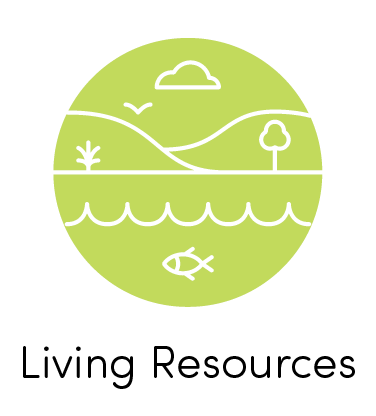
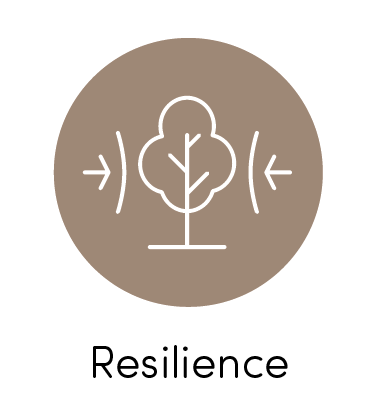
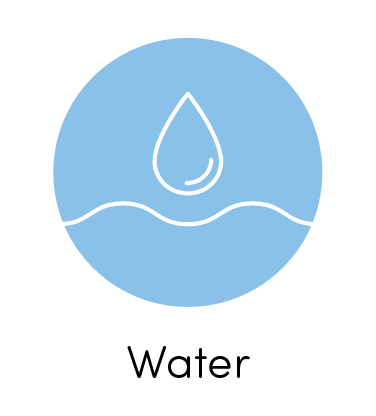
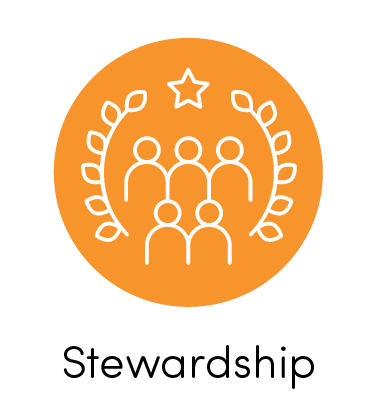
Connections to Other Actions
Watershed connections provide unique habitat and ecosystem services closely related to or dependent upon:
Action 1: Climate Resilience
Action 3: Adaptation Planning
Action 4: Adaptation Implementation
Action 6: Sediment
Action 8: Wetland Monitoring
Action 10: Tidal Marsh
Action 11: Transition Zones
Action 12: Managed Wetlands
Action 13: Seasonal Wetlands
